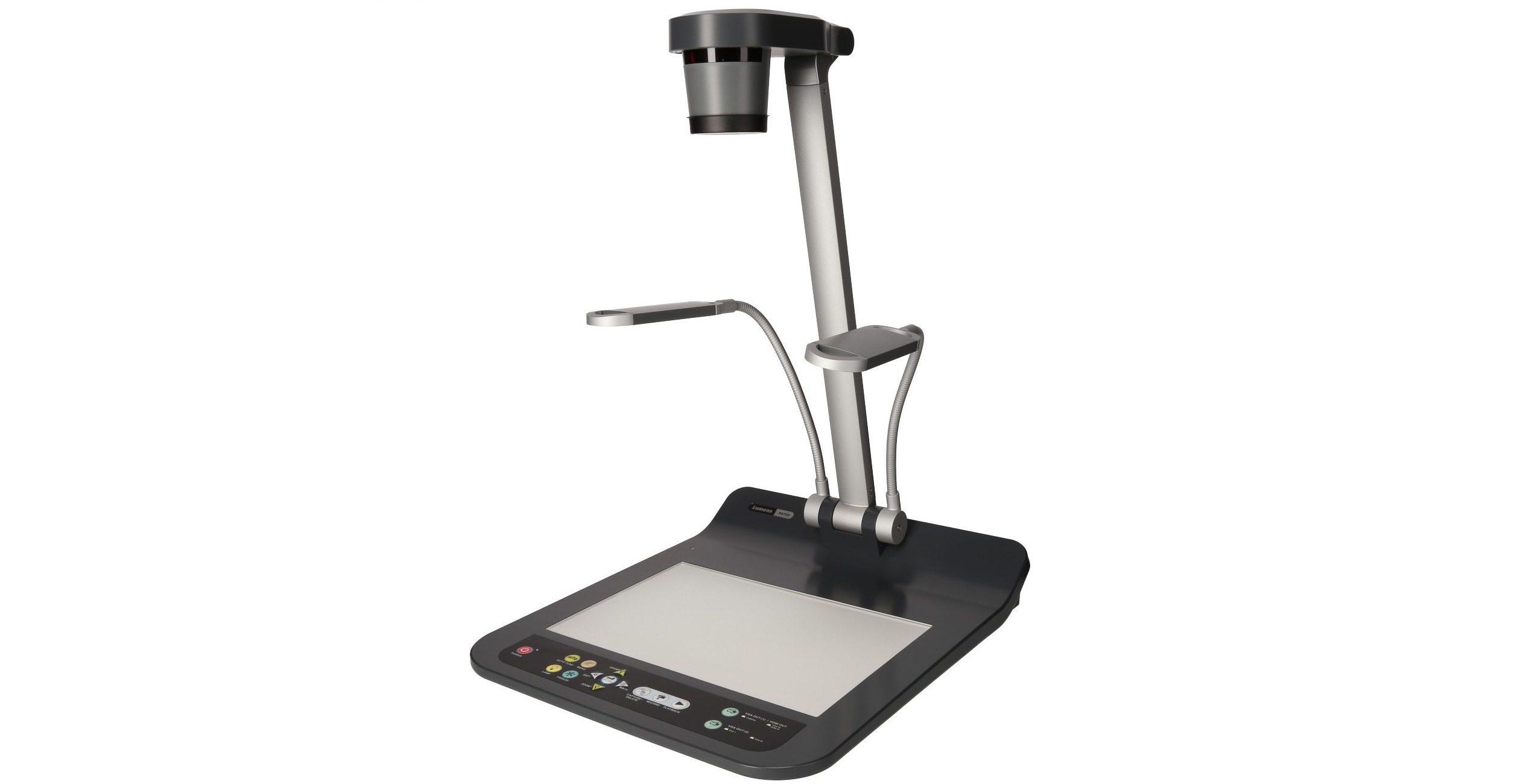Educators are continually exploring new technologies to motivate students and deliver vibrant lessons catering to varied learning styles. While digital projectors open classroom doors to online resources and multimedia, adding document cameras known as visualisers or visual presenters further expands teaching possibilities by bridging the physical and onscreen worlds. These unique AV devices project and manipulate three-dimensional objects, making lessons more engaging, interactive and accessible.
Introducing Visualisers
A visualiser is a specialty camera mounted on an articulating arm over a base housing built-in lights and controls. High-quality models capture crisp, detailed Full HD 1080p video at a fast 30 frames per second through premium-quality glass optics. The arm extends the camera out horizontally over desks and can be rotated, tilted, and zoomed via remote or manual controls to properly frame objects below. Lighting is adjusted to prevent glare and shadows. Visualisers connect to classroom projectors, displays, and interactive panels to project magnified live footage of physical items laid underneath in stunning size and clarity.
Standard features allow teachers to annotate over live or frozen images using onboard tools like digital pens, highlighters, and shapes. Photos and videos are captured on built-in memory or USB drives for uploading to school networks. Some models incorporate HDMI input ports for switching between live camera views and directly displaying computer screens or media players.
Engaging in Math and Sciences
Math and science courses thrive on visual, hands-on experimentation, making visualisers ideal for spotlighting formulas, reactions and natural phenomena on a large scale. Teachers write equations as students work through problems in real-time while adding notations at critical thinking junctions. Scientific processes like chemical reactions, magnetism, electronics, or dissections are presented in microscopic quality, encouraging observation and analysis.
Diagnostic assessments are conducted as teachers and support staff observe students manipulating objects and solving multi-step questions while tracking strategies projected publicly. Instead of hassling with seldom-used legacy document cameras on carts, convenient visualisers integrated with classroom technology become trusted teaching partners.
Highlighting the Details in Humanities and Arts
Studying historical artefacts, foreign currencies and geographical features is far more impactful when fine details are magnified on classroom screens. Visualisers allow intimate examinations inspiring insightful deductions about human culture. Small print text and illustrations in old fragile manuscripts are enlarged without risk of damage broadening access. Tiny brush stroke techniques and subtleties in expression are discussed examining masterpiece reproductions. Student artwork, models and projects are proudly shared via visualisers encouraging constructive critiques of technique and style.
Boosting Early Childhood and Special Education
Children learn best by interacting with tangible items in their physical world before mastering abstract onscreen concepts. Visualisers accompany young pupils on exploratory journeys as they articulate observations pointing out plant parts, insect anatomy, properties of rocks and how mechanical items work. Nonverbal students use visualisers to showcase skills matching objects, sorting cards or communicating feelings grasping items symbolising emotions. Struggling readers use word cue cards and pointers following along as sentences are projected. Enlarged storybook pages let entire classes follow imaginative tales. Lessons convert into engaging games as items are hidden underneath encouraging deductive reasoning. Building familiarity and confidence using AV technology from early years primes students for computerised assessments and digitally rich secondary curriculums ahead.
Remote and Recorded Learning
Secondary schools with tablets, laptops or BYOD schemes have students utilise personal devices productively thanks in part to classroom visualisers. At home, learners actively follow remote lessons with worksheets, models or equipment manipulated live onscreen by teachers. Lessons are recorded projecting student submissions critiqued collectively advancing concepts through calibrated guidance later reviewed independently. Exam preparation incorporates archived past papers students annotate answers to under visualiser views. Shared access builds independence and accountability.
Language and Communication
Visualisers assist English language learners, students with communication challenges and deaf pupils gain concepts and vocabulary from lessons. Seeing mouths articulate words while reading accompanying projections builds connections accelerating skill building. Sign language exchanges are enlarged for hearing students interpret. Native speakers lead pronunciation and diction lessons manipulating letter tiles and diagrams decoding complex linguistics. Speech therapy helps students self-evaluate progress projecting miscues to target structured improvement.
Unleashing Creativity
Many educators transform visualisers into engaging presentation gateways encouraging students to demonstrate learning through creativity and public speaking confidence. Pupils showcase holiday projects, science fair experiments and book reports center stage using intricate visuals, models, costumes and props viewed up close. Classmates ask questions with impromptu annotations onscreen, furthering insights. Student newscasts filmed before chroma key green screens display backgrounds, B-Roll footage and graphics composited live by student producers. Morning announcements become highly polished video bulletins enriching communication talents. Others code interactive games or choreography synchronised to visualiser footage pushing innovative boundaries.
Conclusion
Easy to learn and utilise, dependable visualisers seamlessly unite physical and digital environments across curriculums and age groups. These dynamic AV tools expand teaching methods personalising multi-sensory lessons optimising retention and participation. Schools have discovered renewed enthusiasm adopting visual learning centred on projecting tangible items from straight onto classroom screens, unleashing engaging new worlds of possibility.



